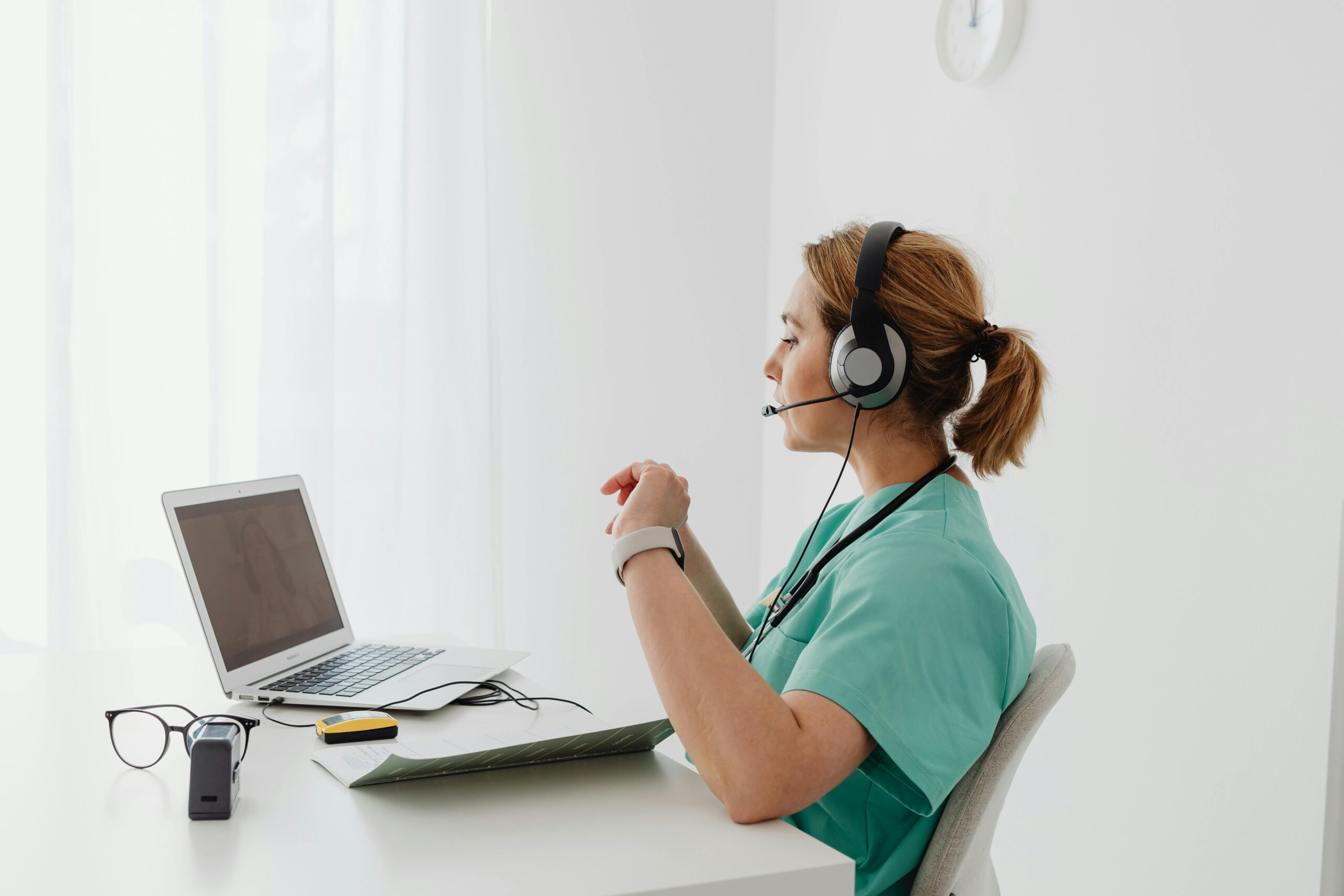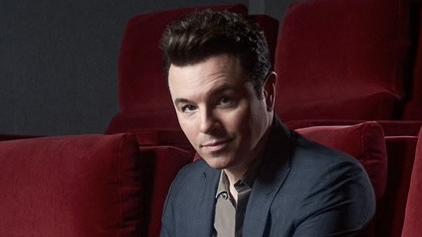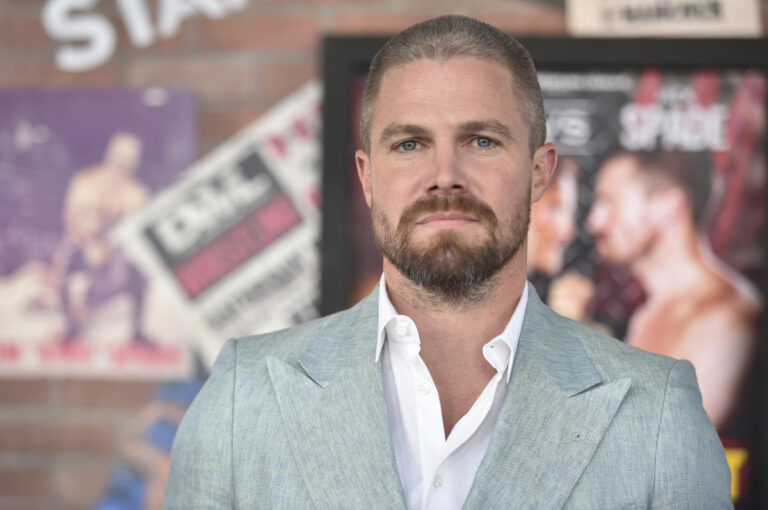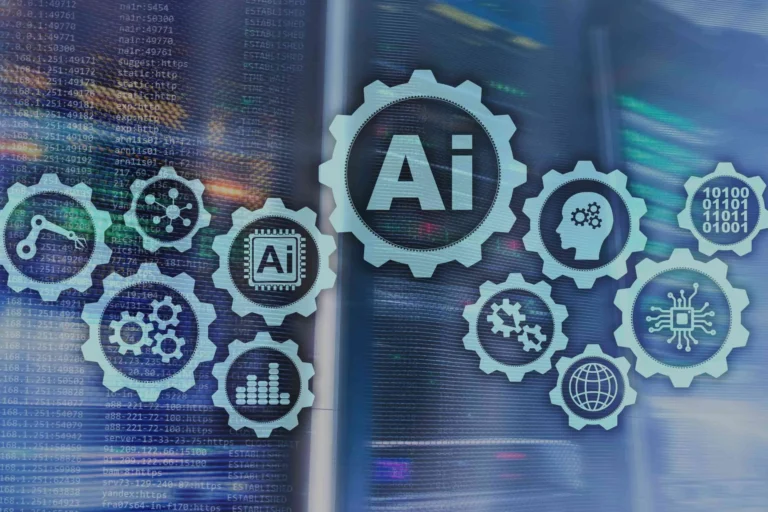The Future of Wellness: How Technology Is Transforming Health & Lifestyle
Wellness is no longer just about eating vegetables and getting enough sleep. In today’s world, technology is becoming one of the most powerful tools for managing our health, fitness, and mental well-being. From smartwatches that monitor heart rates to meditation apps that help us manage stress, innovation is reshaping how we take care of ourselves. The future of wellness lies at the intersection of health and technology—and it’s already here.
The Rise of Wearable Health Tech
Wearables have gone far beyond step counters. Today’s smartwatches and fitness bands can monitor blood oxygen levels, track sleep cycles, and even detect irregular heart rhythms. These features empower people to take a more proactive approach to health, catching warning signs before they become bigger issues. For athletes and fitness enthusiasts, wearables provide real-time data that helps improve performance while reducing injury risk.
But wearables aren’t just for the physically active. Many older adults use them for safety, as they can alert caregivers or medical providers in emergencies. This ability to track health continuously is transforming the way we view preventive care.
Mental Health Meets Technology
The digital age has brought both challenges and solutions for mental health. While constant notifications and social media can increase stress, the same technology is offering tools for relief. Meditation apps like Headspace and Calm, for instance, make mindfulness practices accessible to millions. Journaling apps, breathing exercises, and even AI-powered chat support provide instant resources for people struggling with anxiety or depression.
Virtual therapy sessions are also on the rise, breaking down barriers for those who may not have access to traditional counseling. This blending of mental health care and technology is reducing stigma and expanding support networks worldwide.
Fitness Anywhere, Anytime
Technology has also redefined what a workout looks like. With streaming platforms, mobile apps, and virtual trainers, people can exercise at home, in a park, or while traveling. Platforms like Peloton and Apple Fitness+ bring interactive workouts into living rooms, offering everything from yoga to strength training to cycling classes led by world-class instructors.
This accessibility has made fitness more inclusive. People who may not feel comfortable in a gym or who lack the time to commute can now access professional-level workouts on their own schedule.
Nutrition and Personalized Health
Technology is also making nutrition smarter. Apps that track calories, macros, and hydration help people make informed food choices. DNA testing services and AI-driven meal plans are creating personalized diet recommendations based on genetics, allergies, or health goals. Imagine getting a weekly grocery list customized for your body’s unique needs—this is becoming a reality.
Beyond food tracking, technology is helping people connect with farmers’ markets, sustainable brands, and meal-prep services that align with their lifestyle and values.
The Next Wave: Virtual and Augmented Reality
Virtual reality (VR) and augmented reality (AR) are also stepping into the wellness space. VR meditation retreats, for example, transport users to serene beaches or mountain tops for guided relaxation. AR fitness apps turn running or biking into immersive adventures, making exercise feel more like play than work.
As this technology advances, we may see entire virtual wellness centers emerge—spaces where people can access therapy, fitness classes, and nutrition coaching without leaving home.
Technology is often blamed for making us more stressed and disconnected, but when used intentionally, it can be a powerful ally in our wellness journey. From wearables that safeguard our health to apps that ease our minds, innovation is creating opportunities to live healthier, happier lives.
The future of wellness isn’t about replacing human care with machines—it’s about enhancing our ability to care for ourselves and others. By embracing these tools thoughtfully, we can create a lifestyle where health isn’t a chore, but a seamlessly integrated part of everyday life.







